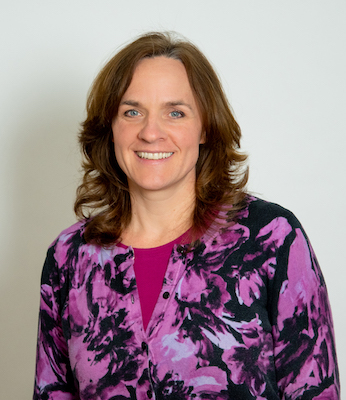“The way you save on your fertilizer is to stay in long-term no-till and then watch the transition over to a fungal dominated soil that provides organic nitrogen and you don't need as much nitrogen input…” — Jerry Grigar, Retired State Agronomist, Michigan NRCS
Retired Michigan State Agronomist Jerry Grigar credits more than three decades of no-till on his 140-acre farm with higher yields, improved soil structure, higher organic matter, and better water-holding capacity.
In this first installment of a two-part series of the No-Till Farmer Influencers & Innovators podcast, Frank Lessiter talks with Grigar about many of the lessons learned from decades of working with farmers to improve no-till techniques and equipment.
Join in as they discuss early herbicide programs that are coming back into use nowadays, how his thinking on banding nutrients evolved over the years, what he calls transitional no-till vs. true no-till, how he accidentally killed alfalfa fields with lime and much more.
P.S. There’s lots more great no-till stories and history in Frank Lessiter’s new book, From Maverick to Mainstream: A History of No-Till Farming. Check it out here.
The No-Till Influencers & Innovators podcast series is brought to you by Martin Industries.
Our customers believe that Martin-Till®️ products provide an excellent return on their investment. We know this because a large percentage of them are repeat customers since the beginning in 1991. Our planter attachments help make it possible to plant into higher levels of residue and moisture. Higher levels of mulch means less erosion, improved soil tilth and fertility, which can reduce production costs. Martin Till’s goal is to increase yields and save you time and money. We hope you find something from our product offerings of row cleaner, UMO’s, closing wheels systems and recently added concaves that will make this year’s planting & harvesting go better for you. After all, you deserve the best!













